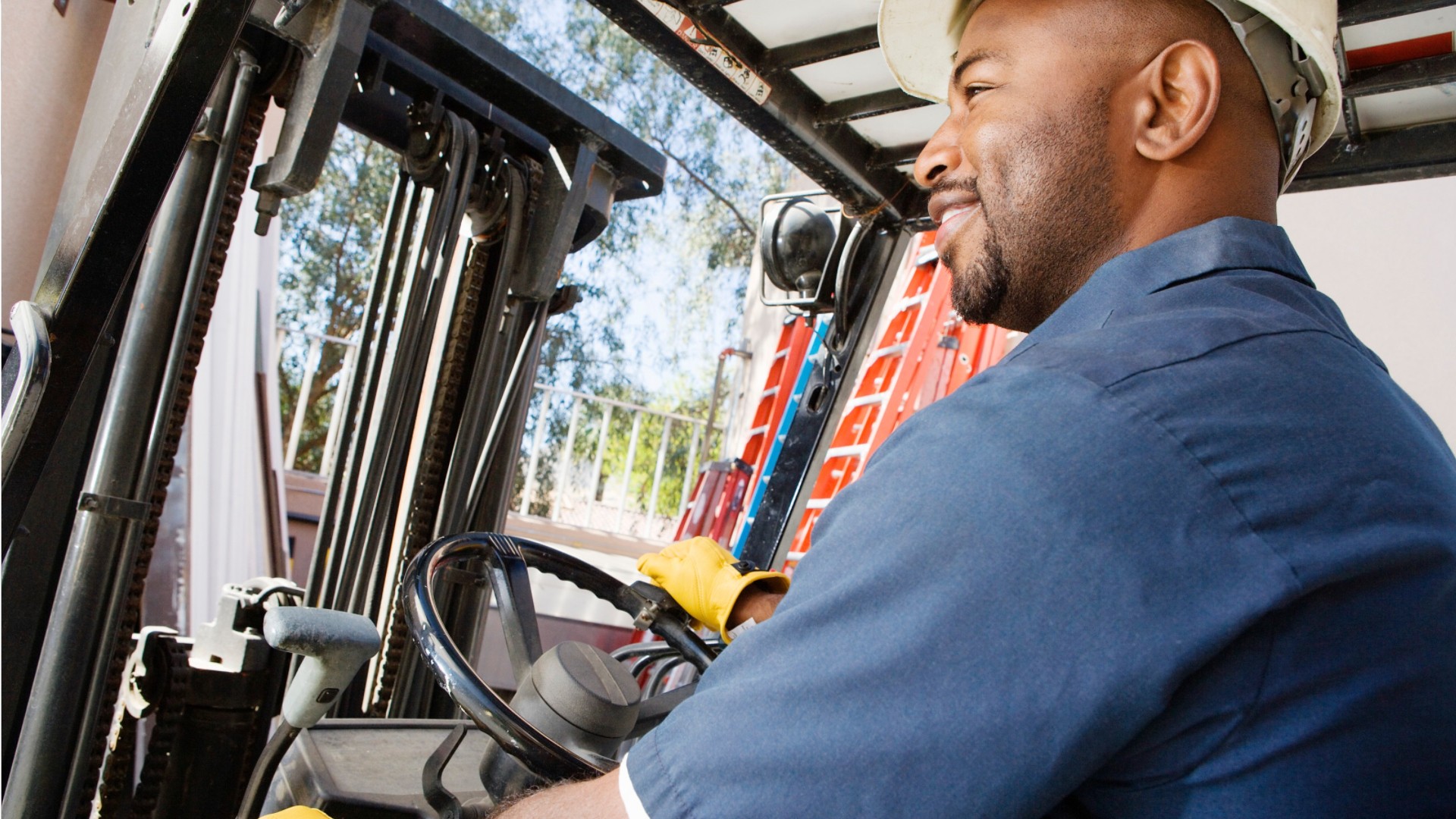Excavating & Loading Machine & Dragline Operators, Surface Mining
Dragline Oiler, Dragline Operator, Heavy Equipment Operator, Loader Operator
What they do:
Operate or tend machinery at surface mining site, equipped with scoops, shovels, or buckets to excavate and load loose materials.
On the job, you would:
- Move levers, depress foot pedals, and turn dials to operate power machinery, such as power shovels, stripping shovels, scraper loaders, or backhoes.
- Set up or inspect equipment prior to operation.
- Become familiar with digging plans, machine capabilities and limitations, and efficient and safe digging procedures in a given application.
Knowledge
Engineering and Technology
- mechanical
- building and construction
Safety and Government
- public safety and security
Skills
Basic Skills
- keeping track of how well people and/or groups are doing in order to make improvements
- figuring out how to use new ideas or things
Problem Solving
- noticing a problem and figuring out the best way to solve it
Abilities
Controlled Movement
- quickly change the controls of a machine, car, truck or boat
- use your arms and/or legs together while sitting, standing, or lying down
Hand and Finger Use
- hold or move items with your hands
- keep your arm or hand steady
Spatial
- know where things are around you
- imagine how something will look after it is moved around or changed
Vision
- decide which thing is closer or farther away from you or decide how far away it is from you
Personality
People interested in this work like activities that include practical, hands-on problems and solutions.
They do well at jobs that need:
- Cautiousness
- Dependability
- Attention to Detail
- Stress Tolerance
- Perseverance
- Self-Confidence
Technology
You might use software like this on the job:
Electronic mail software
- Email software
- Microsoft Outlook
Presentation software
- Microsoft PowerPoint
Industrial control software
- Machine control systems
- Machine monitoring software
Education
Education: (rated 2 of 5)
high school diploma/GED or
no high school diploma/GED
usually needed
no high school diploma/GED
usually needed
Get started on your career:
Find Training
Find Licenses
Apprenticeship.gov
Job Outlook
Below Average
New job opportunities are less likely in the future.
Explore More
- Construction Laborers
- Continuous Mining Machine Operators
- Hoist & Winch Operators
- Mobile Heavy Equipment Mechanics
- Operating Engineers & Other Construction Equipment Operators
You might like a career in one of these industries:
See more details at O*NET OnLine about Excavating & Loading Machine & Dragline Operators, Surface Mining.





